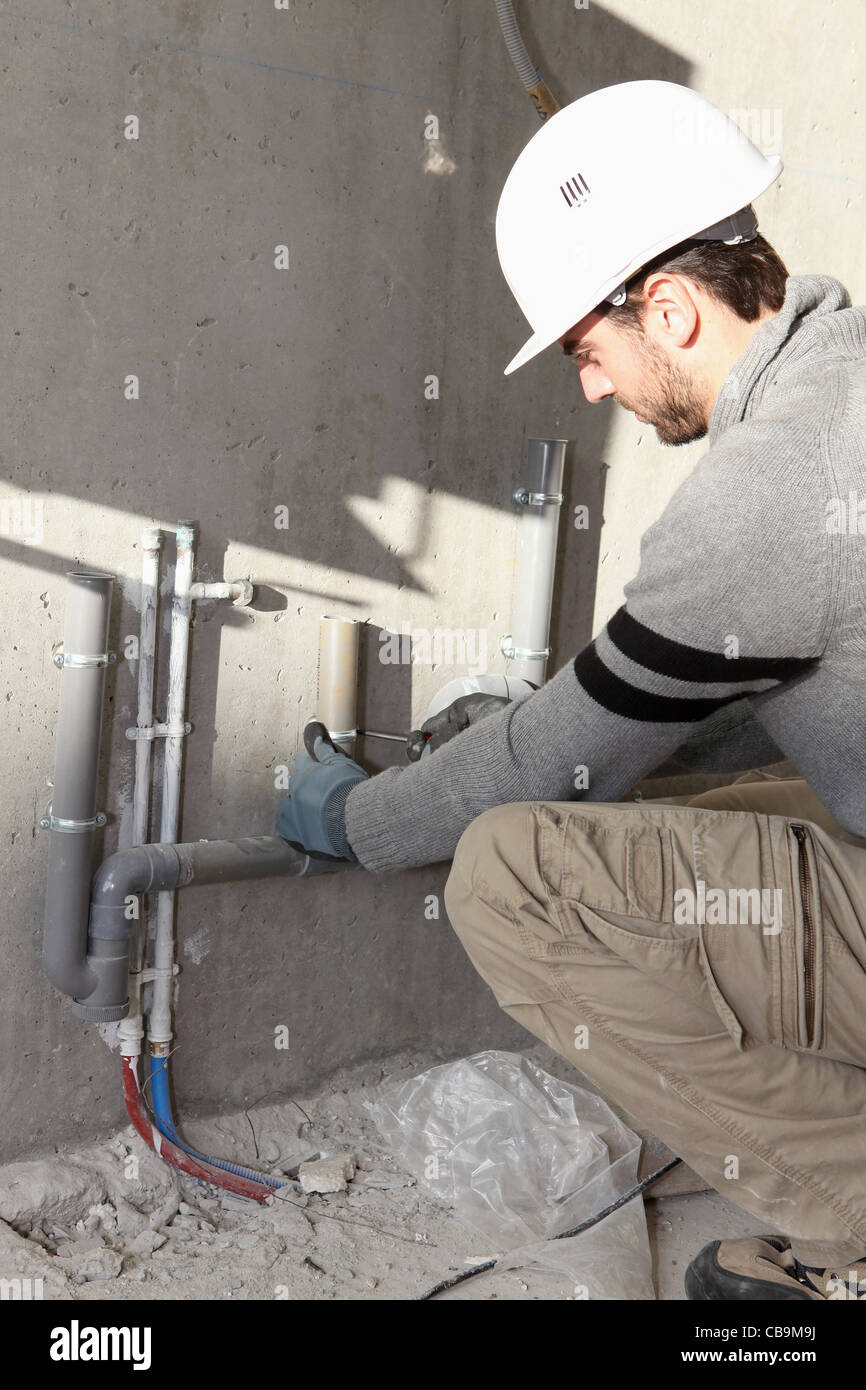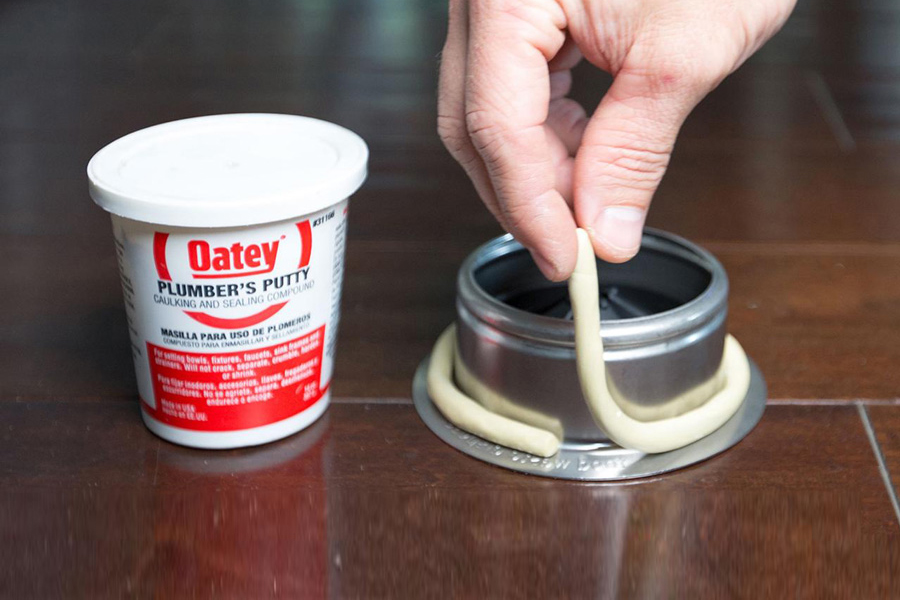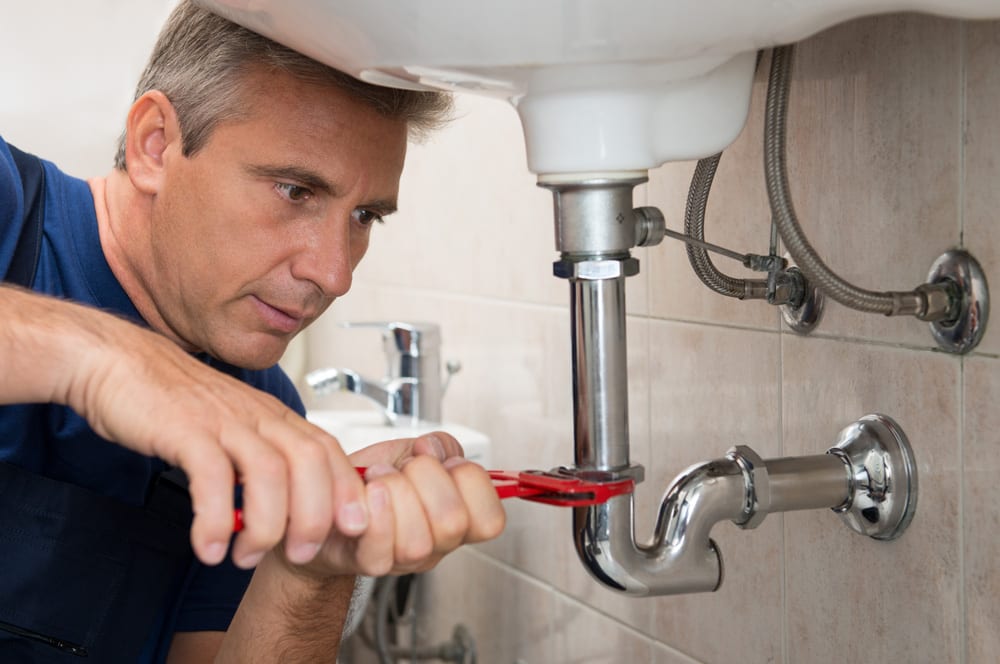If you've noticed water damage behind your kitchen sink, it's important to address the issue as soon as possible. Ignoring it can lead to further damage and even mold growth. Here's how to fix water damage behind your kitchen sink: Turn off the water supply. Before you start any repair work, make sure to turn off the water supply to your sink. This will prevent any additional water from leaking and causing more damage. Identify the source of the water damage. The first step in fixing water damage is to determine where the water is coming from. This could be a leaky pipe, a faulty seal, or even a clogged drain. Once you know the source, you can begin to address the issue. Fix the leak or seal. If the water damage is caused by a leaky pipe or a faulty seal, you'll need to fix it. This may involve replacing a pipe or sealing any gaps or cracks. If you're not comfortable with DIY plumbing, it's best to call a professional plumber to ensure the job is done correctly. Remove any damaged materials. If the water damage has caused any materials behind your sink to become damaged, such as drywall or cabinets, you'll need to remove them. This will prevent mold growth and allow you to properly repair the area. Dry out the area. Before you can begin repairing the damage, you'll need to make sure the area is completely dry. Use a fan or a dehumidifier to remove any excess moisture. Repair or replace damaged materials. Once the area is dry, you can begin repairing or replacing any damaged materials. This could include replacing drywall, cabinets, or even flooring. Make sure to properly seal and waterproof any new materials to prevent future water damage.How to Fix Water Damage Behind Kitchen Sink
Water damage behind your kitchen sink can be caused by a variety of factors. Here are some of the most common causes: Leaky pipes or faulty seals. If your pipes are old or damaged, they may begin to leak, causing water to seep behind your sink. Faulty seals around your sink or faucet can also lead to water damage. Clogged drains. If your kitchen sink drain becomes clogged, water can back up and cause damage to the area behind your sink. This is especially common in homes with older plumbing systems. Improperly installed or damaged plumbing. If your plumbing was installed incorrectly or has become damaged, it can lead to water damage behind your sink.What Causes Water Damage Behind Kitchen Sink
It's important to keep an eye out for any signs of water damage behind your kitchen sink. Here are some common signs to look for: Discoloration or staining. If you notice any discoloration or staining on the walls or cabinets behind your sink, it could be a sign of water damage. Musty or moldy smell. Water damage can often lead to mold growth, which can cause a musty or moldy smell in your kitchen. Soft or spongy walls or cabinets. If the materials behind your sink have become water damaged, they may feel soft or spongy to the touch. Peeling or bubbling paint or wallpaper. Excess moisture can cause paint or wallpaper to peel or bubble, indicating water damage behind your sink.Signs of Water Damage Behind Kitchen Sink
To prevent water damage behind your kitchen sink, there are a few steps you can take: Regularly check for leaks. Make it a habit to regularly check for any leaks or damage to your plumbing. Catching and addressing issues early can prevent extensive water damage. Keep your sink area dry. After using your sink, make sure to wipe down any excess water and dry the area to prevent water from seeping behind your sink. Don't overload your sink. Avoid putting too much weight or pressure on your sink, as it can cause damage to the pipes and seals. Address any plumbing issues promptly. If you notice any issues with your plumbing, such as slow drains or leaks, address them as soon as possible to prevent further damage.Preventing Water Damage Behind Kitchen Sink
If you're comfortable with DIY projects, you may be able to repair water damage behind your kitchen sink yourself. Here are the steps to follow: Turn off the water supply. As mentioned before, before starting any repair work, make sure to turn off the water supply to your sink. Identify the source of the water damage. Determine where the water is coming from and address the issue, whether it's a leaky pipe or a clogged drain. Remove damaged materials. Remove any damaged materials, such as drywall or cabinets, to prevent mold growth. Dry out the area. Use a fan or dehumidifier to dry out the area completely. Repair or replace damaged materials. Repair or replace any damaged materials, making sure to properly seal and waterproof them.DIY Water Damage Repair Behind Kitchen Sink
If you're not comfortable with DIY repairs or the water damage is extensive, it's best to call a professional water damage restoration company. They have the expertise and equipment to properly assess and repair the damage behind your kitchen sink. They will also be able to address any mold growth and ensure the area is properly dried and waterproofed to prevent future damage.Professional Water Damage Restoration for Kitchen Sink
Depending on your insurance policy, water damage behind your kitchen sink may be covered. However, this may vary based on the cause of the damage and the extent of the damage. It's best to contact your insurance provider to determine your coverage.Insurance Coverage for Water Damage Behind Kitchen Sink
When dealing with water damage behind your kitchen sink, it's important to avoid these common mistakes: Ignoring the issue. Ignoring water damage can lead to more extensive damage and even mold growth. Trying to fix the issue yourself if you're not confident. If you're not comfortable with DIY repairs, it's best to call a professional to prevent further damage. Not properly addressing the source of the water damage. If the source of the damage isn't fixed, the issue will continue to occur. Not properly drying out the area. If the area isn't completely dry, it can lead to mold growth and further damage.Common Mistakes to Avoid When Dealing with Water Damage Behind Kitchen Sink
If you've noticed a musty or moldy smell or see any visible signs of mold growth behind your kitchen sink, it's important to address it as soon as possible. Here's how to identify and address mold growth: Wear protective gear. Before attempting to remove mold, make sure to wear a mask, gloves, and eye protection to avoid any potential health hazards. Remove any damaged materials. If there are any materials that have been damaged by mold, remove and dispose of them properly. Clean the area. Use a mixture of water and detergent to clean the affected area and scrub away any visible mold. Use a mold-killing solution. There are various mold-killing solutions available that can be applied to the area to kill any remaining mold spores. Properly dry out the area. Make sure the area is completely dry before replacing any removed materials and sealing and waterproofing the area.How to Identify and Address Mold Growth from Water Damage Behind Kitchen Sink
If you're not confident in your DIY skills or the water damage is extensive, it's best to call a plumber for help. They have the expertise to properly address the issue and prevent further damage. You should also call a plumber if you notice any signs of mold growth or if the damage is caused by a larger plumbing issue, such as a burst pipe.When to Call a Plumber for Water Damage Behind Kitchen Sink
The Importance of Proper Drainage in House Design

The Hidden Dangers of Water Damage Behind the Kitchen Sink
 When it comes to designing a home, there are many important factors to consider. From choosing the right layout and materials to ensuring proper functionality and aesthetics, it can be overwhelming to keep track of everything. However, one aspect that should never be overlooked is the proper drainage system.
While it may seem like a minor detail, having a well-designed drainage system can make all the difference in preventing water damage in your home. This is especially true in areas prone to moisture, such as the kitchen sink. In fact, one common area where water damage occurs is behind the kitchen sink.
Water damage behind the kitchen sink
can be caused by a variety of factors, such as leaky pipes, faulty plumbing, or even a clogged drain. Regardless of the source, the consequences of water damage can be devastating and expensive to repair. Not only can it lead to mold and mildew growth, but it can also compromise the structural integrity of your home.
In addition to the immediate damage,
water damage behind the kitchen sink
can also have long-term effects on your health. Mold and mildew can release harmful spores into the air, which can lead to respiratory issues and other health problems. This is why it is crucial to address any signs of water damage behind your kitchen sink as soon as possible.
To prevent water damage behind the kitchen sink, it is essential to have a proper drainage system in place. This includes regular maintenance and inspections of your plumbing and drains to ensure everything is in good working condition. It is also important to address any leaks or clogs immediately to prevent further damage.
In addition, investing in high-quality materials for your kitchen sink and surrounding areas can also help prevent water damage. For example, using water-resistant materials for the walls and backsplash can help prevent moisture from seeping in and causing damage. Similarly, choosing a durable and waterproof countertop can also help protect against leaks and spills.
In conclusion,
proper drainage is crucial in house design
, particularly in areas prone to moisture, such as the kitchen sink. By ensuring a well-designed drainage system and using high-quality materials, you can prevent
water damage behind the kitchen sink
and protect your home and health in the long run. Don't overlook this important aspect of house design and take the necessary steps to prevent water damage in your home.
When it comes to designing a home, there are many important factors to consider. From choosing the right layout and materials to ensuring proper functionality and aesthetics, it can be overwhelming to keep track of everything. However, one aspect that should never be overlooked is the proper drainage system.
While it may seem like a minor detail, having a well-designed drainage system can make all the difference in preventing water damage in your home. This is especially true in areas prone to moisture, such as the kitchen sink. In fact, one common area where water damage occurs is behind the kitchen sink.
Water damage behind the kitchen sink
can be caused by a variety of factors, such as leaky pipes, faulty plumbing, or even a clogged drain. Regardless of the source, the consequences of water damage can be devastating and expensive to repair. Not only can it lead to mold and mildew growth, but it can also compromise the structural integrity of your home.
In addition to the immediate damage,
water damage behind the kitchen sink
can also have long-term effects on your health. Mold and mildew can release harmful spores into the air, which can lead to respiratory issues and other health problems. This is why it is crucial to address any signs of water damage behind your kitchen sink as soon as possible.
To prevent water damage behind the kitchen sink, it is essential to have a proper drainage system in place. This includes regular maintenance and inspections of your plumbing and drains to ensure everything is in good working condition. It is also important to address any leaks or clogs immediately to prevent further damage.
In addition, investing in high-quality materials for your kitchen sink and surrounding areas can also help prevent water damage. For example, using water-resistant materials for the walls and backsplash can help prevent moisture from seeping in and causing damage. Similarly, choosing a durable and waterproof countertop can also help protect against leaks and spills.
In conclusion,
proper drainage is crucial in house design
, particularly in areas prone to moisture, such as the kitchen sink. By ensuring a well-designed drainage system and using high-quality materials, you can prevent
water damage behind the kitchen sink
and protect your home and health in the long run. Don't overlook this important aspect of house design and take the necessary steps to prevent water damage in your home.

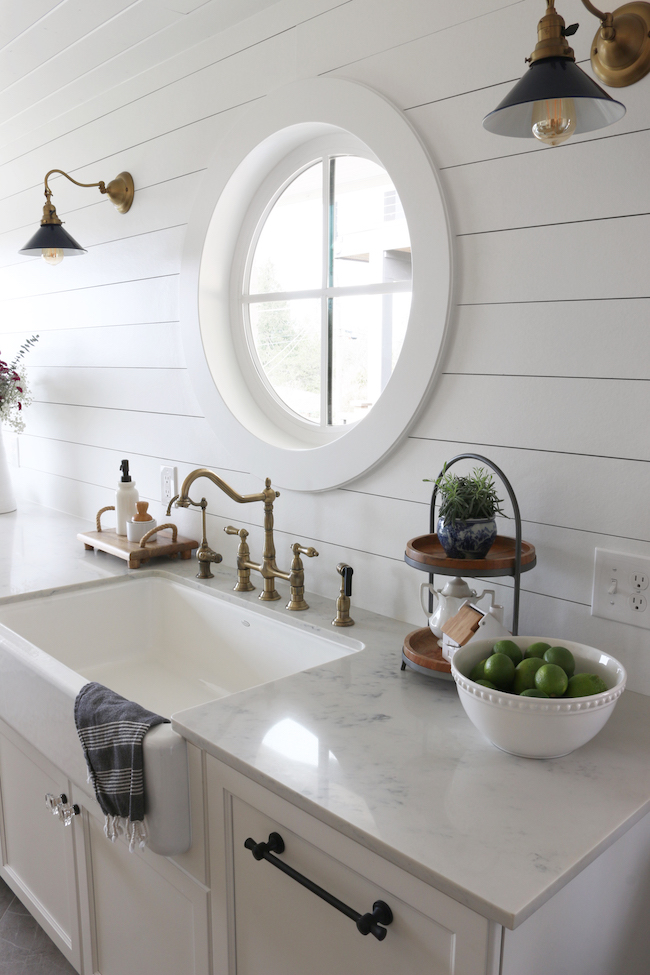

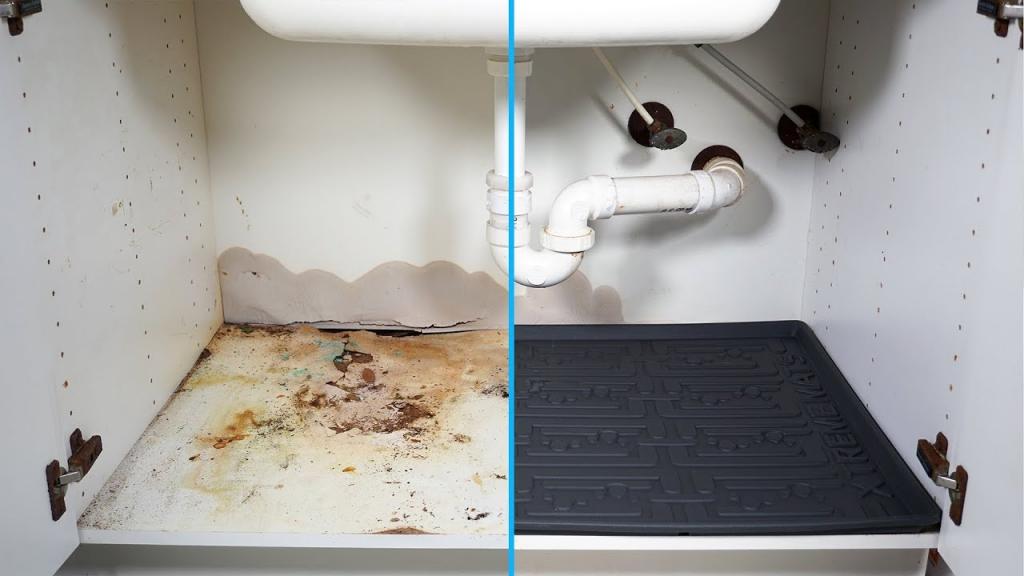



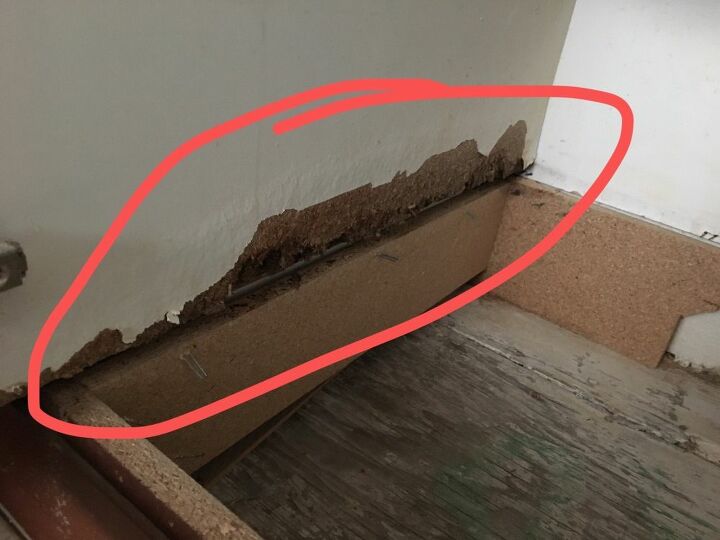


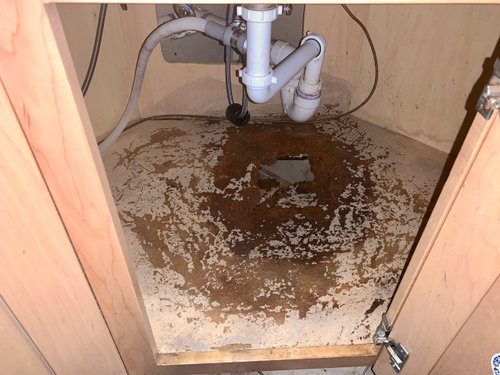




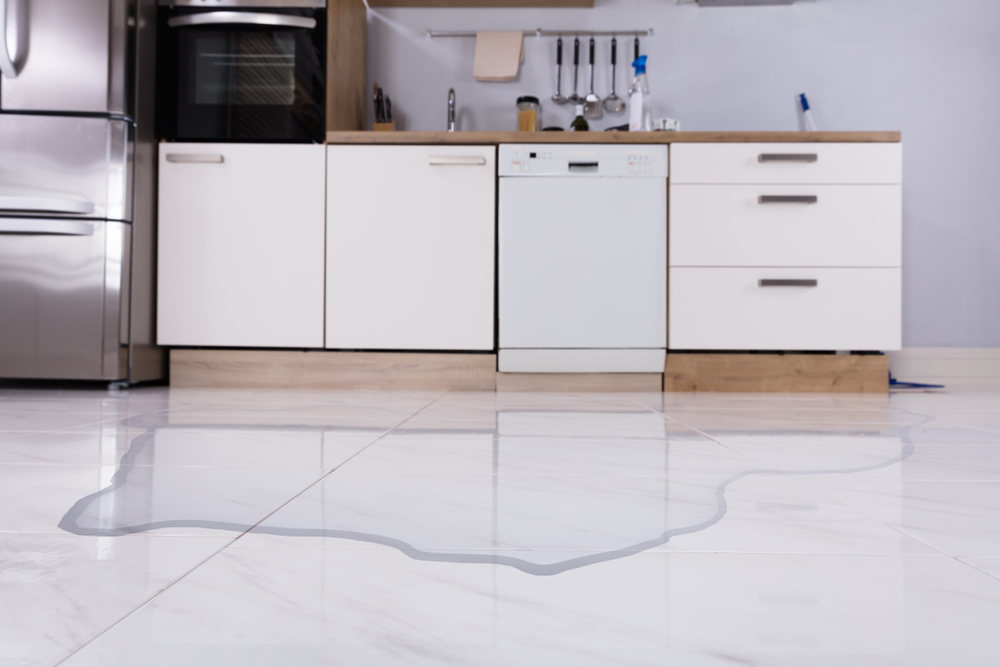





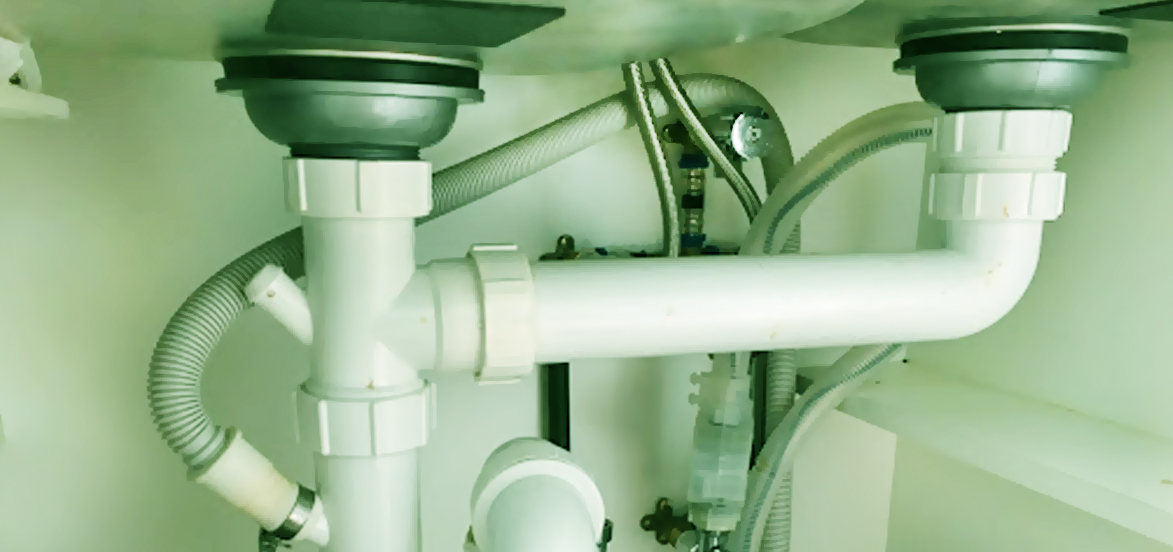
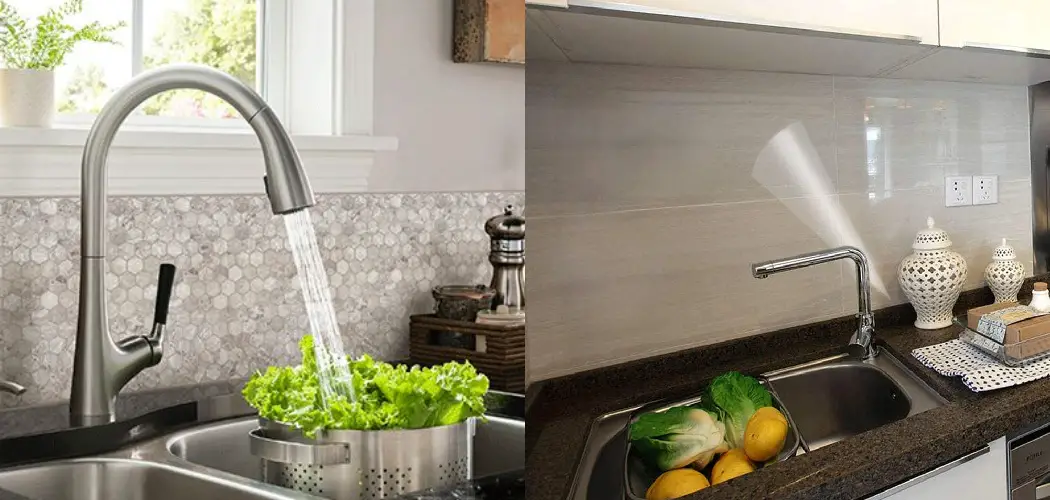


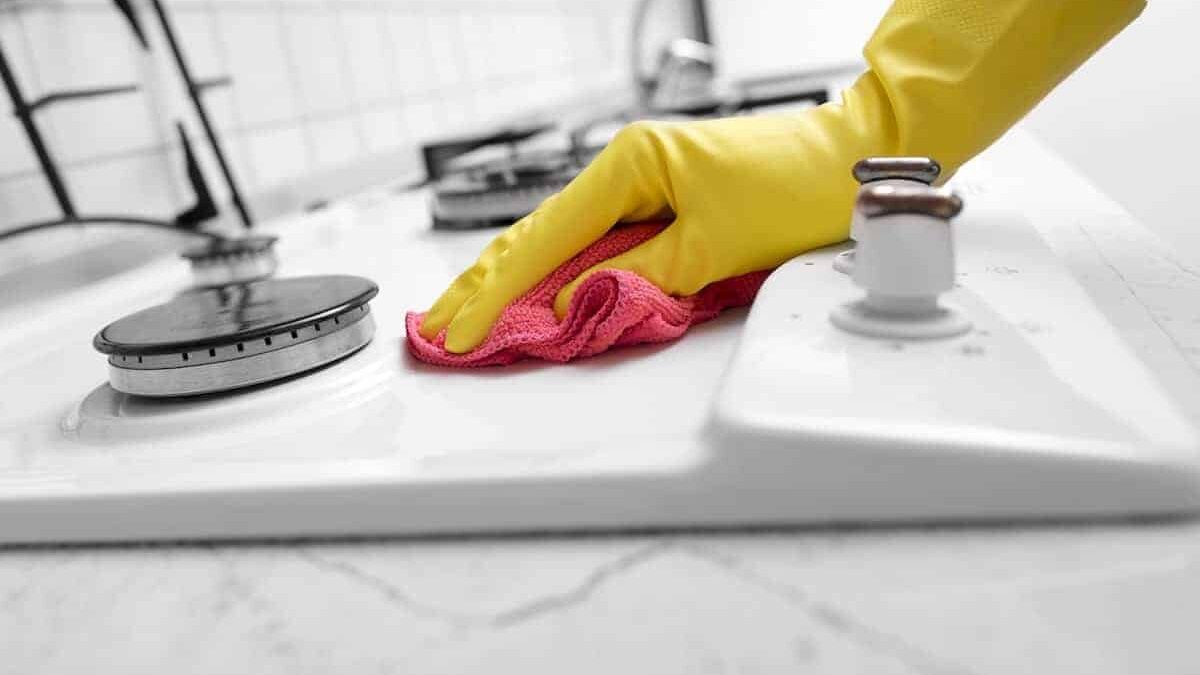



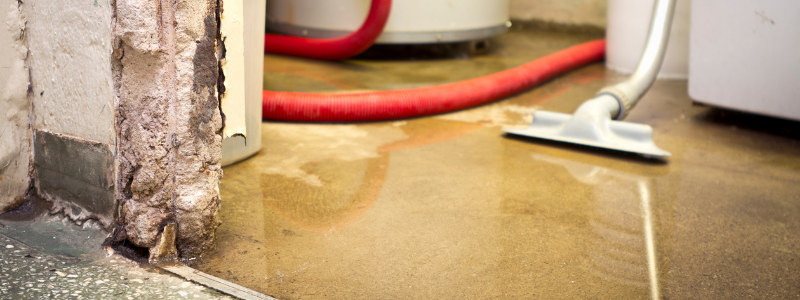
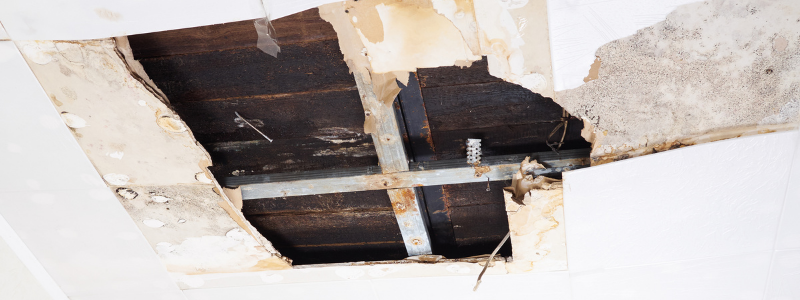


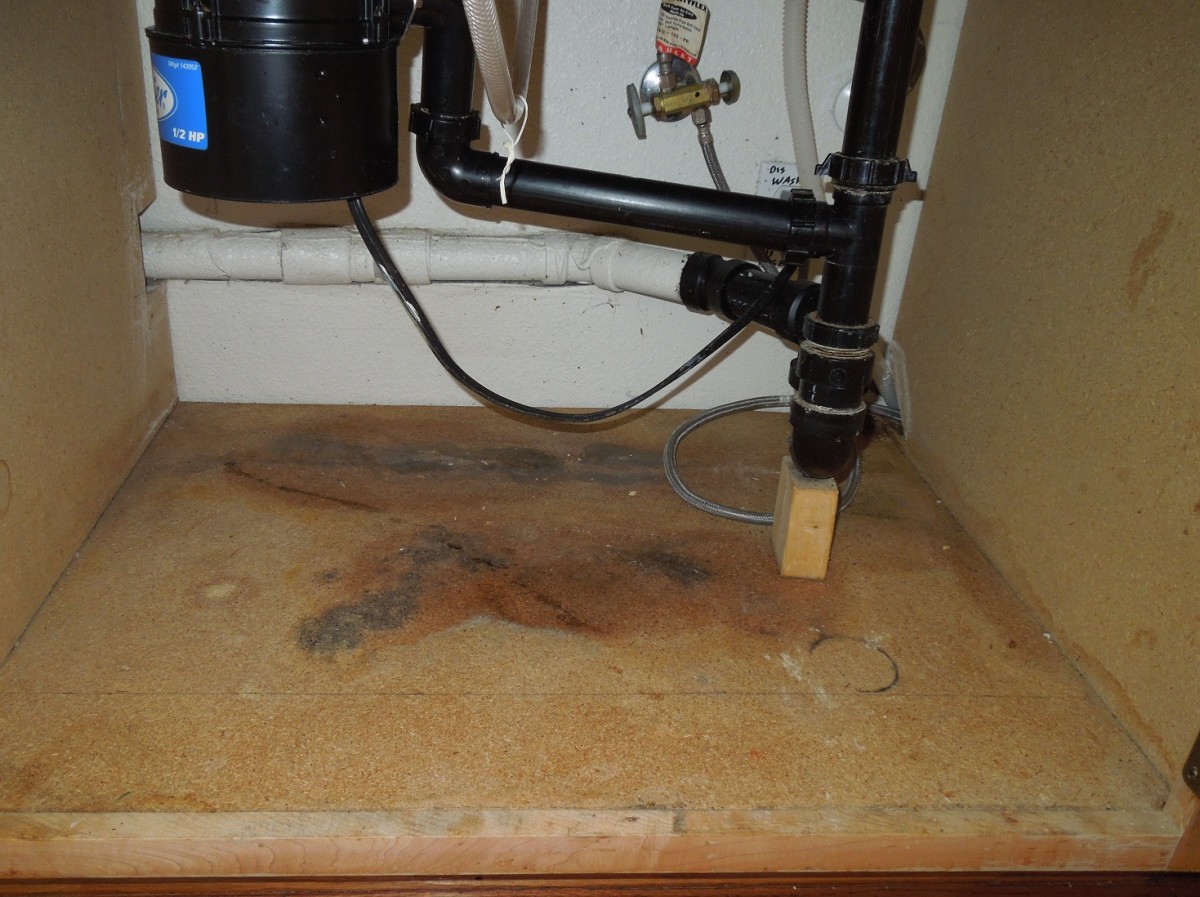

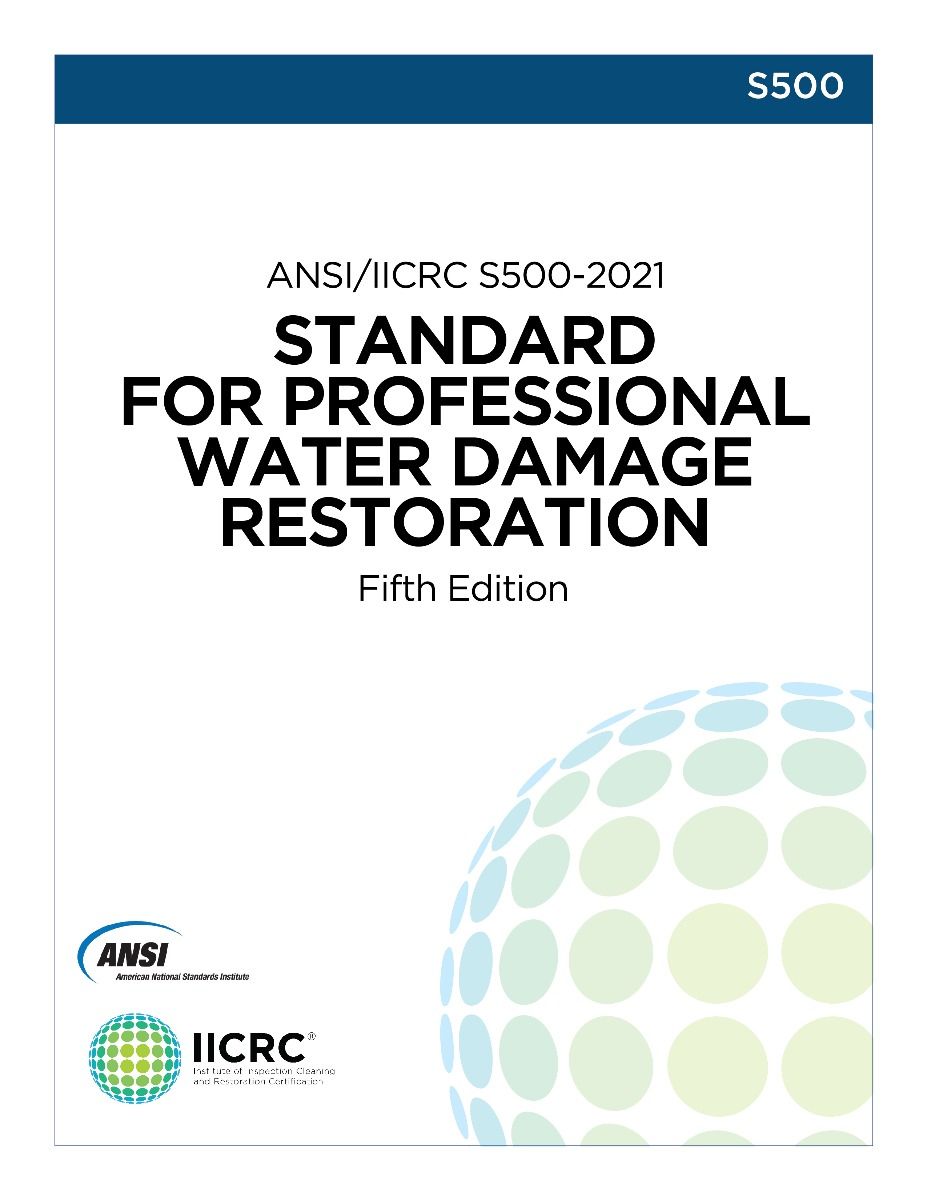








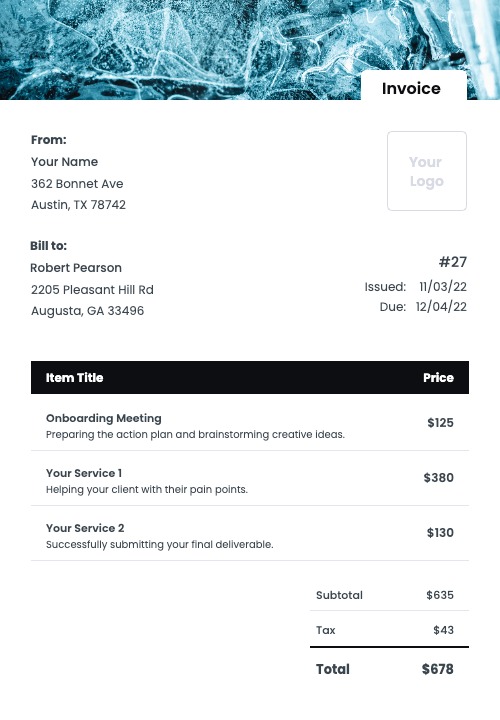
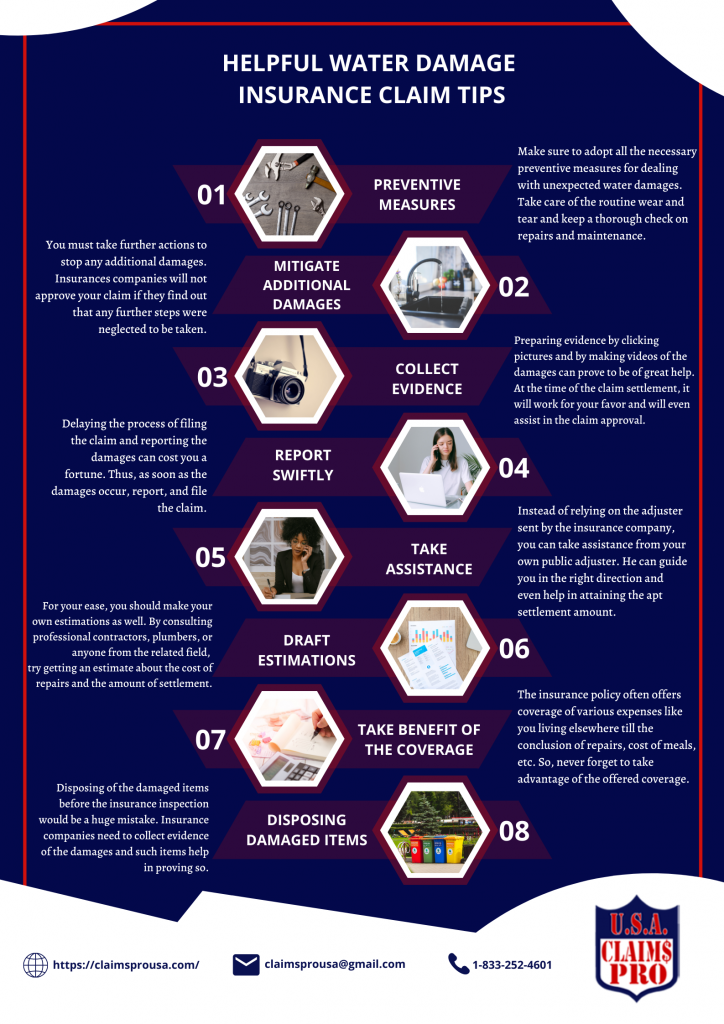

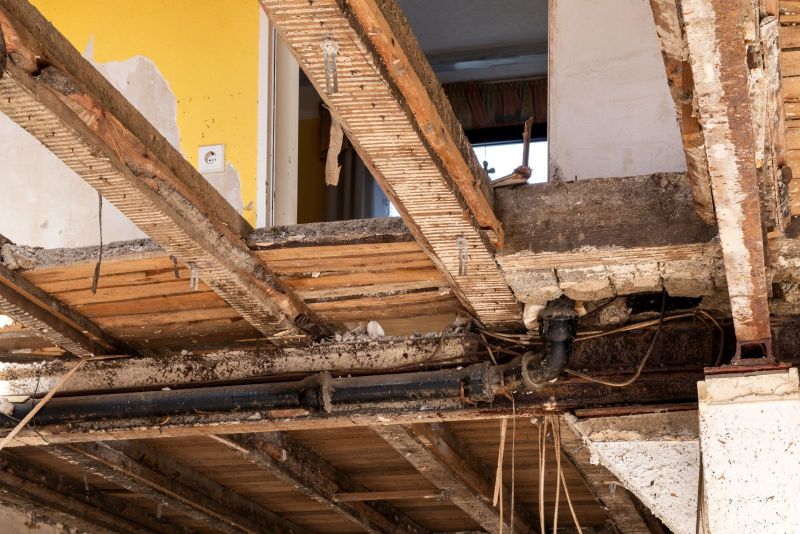
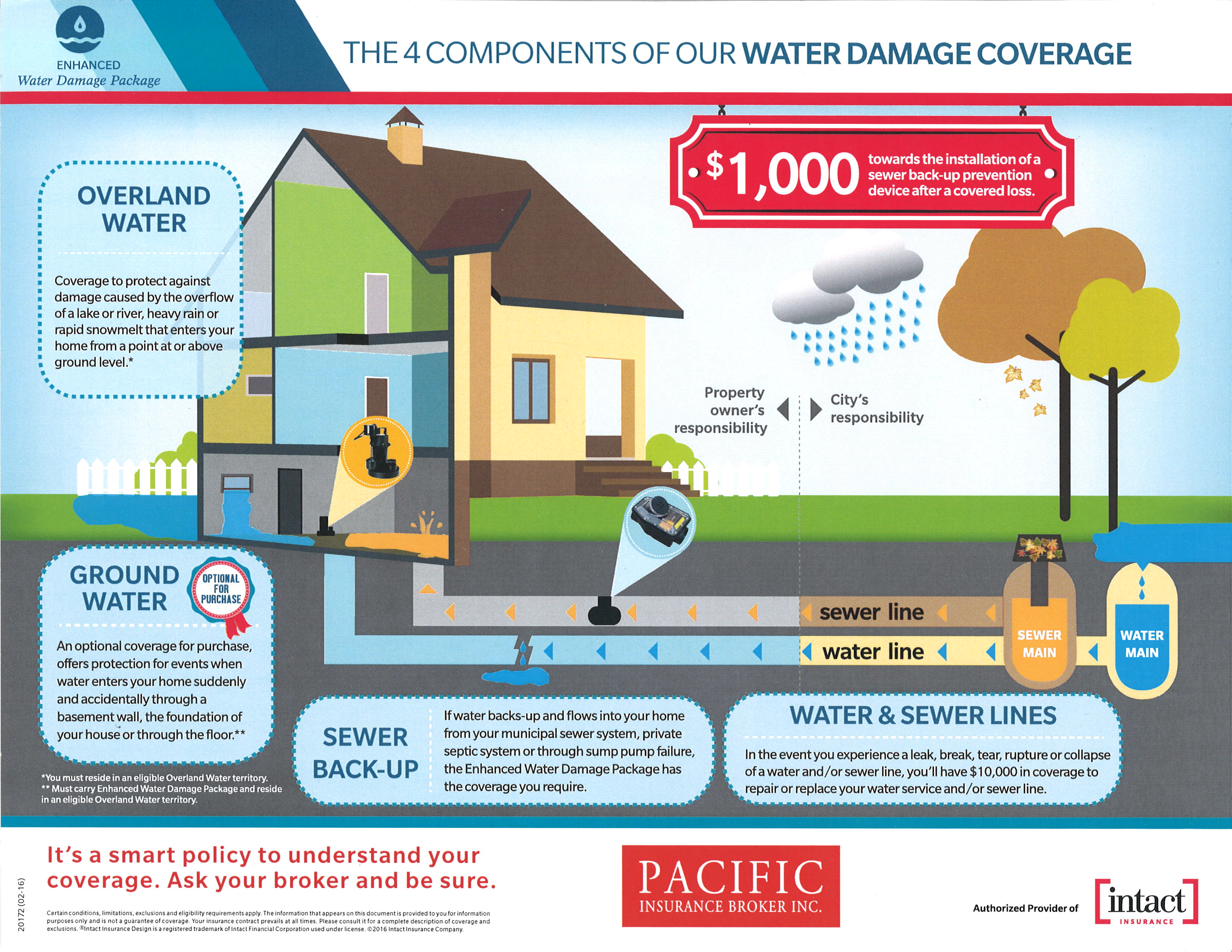
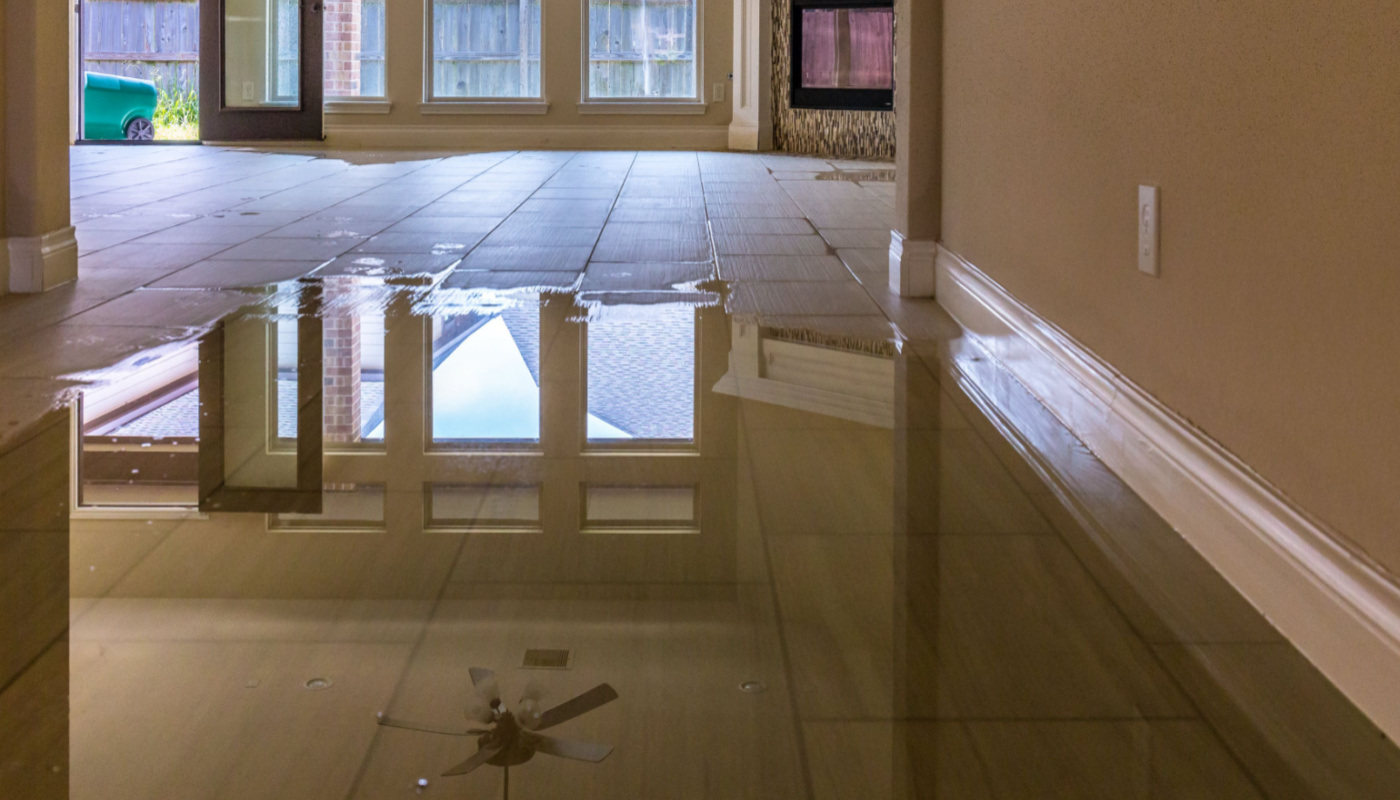






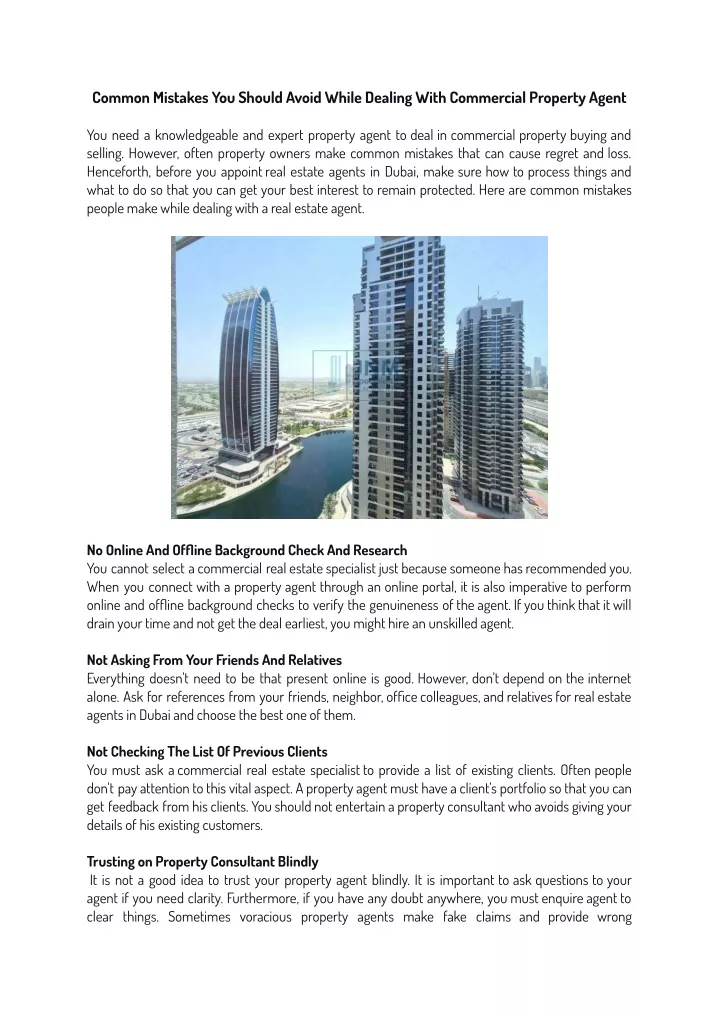










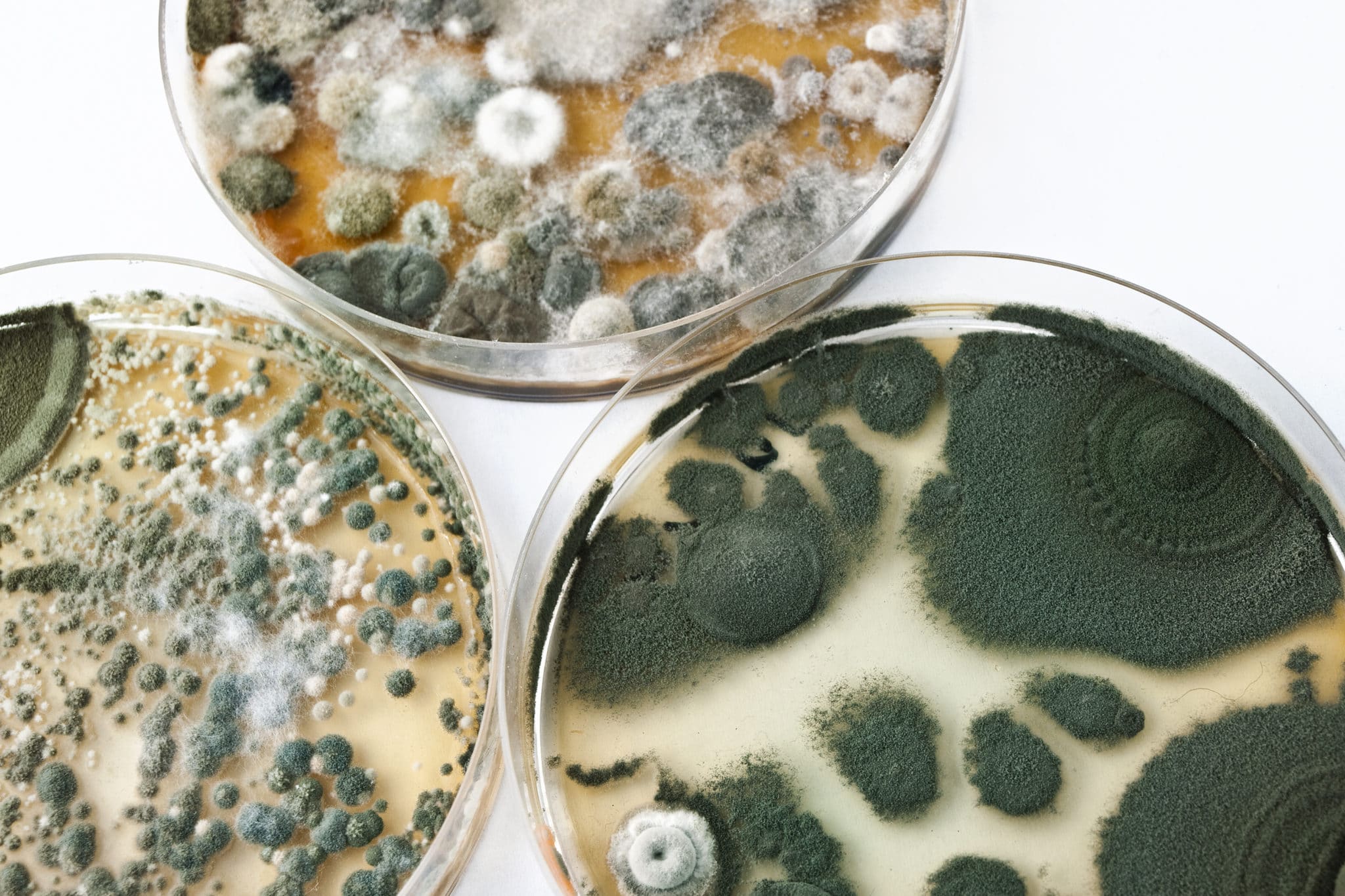
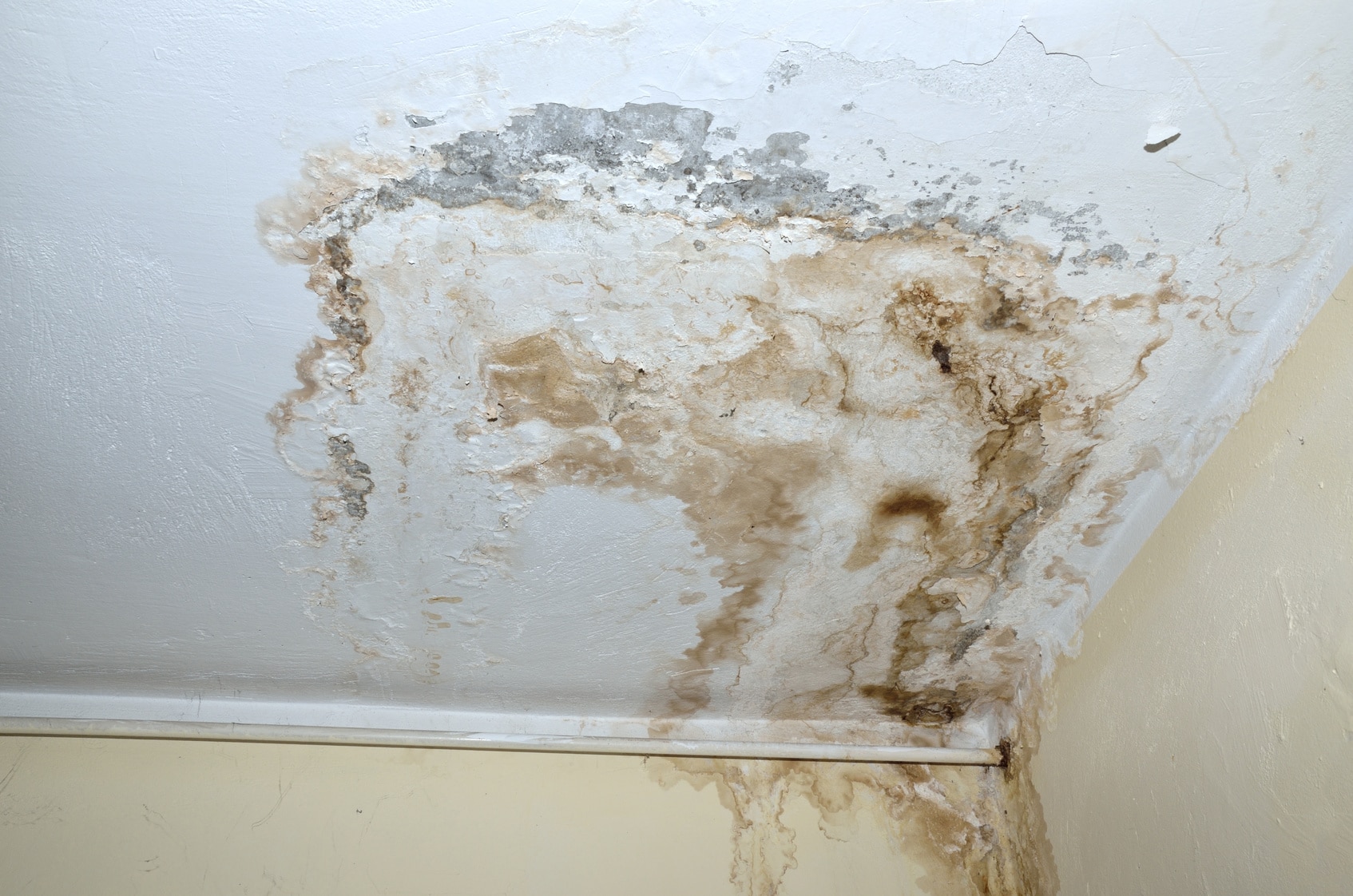

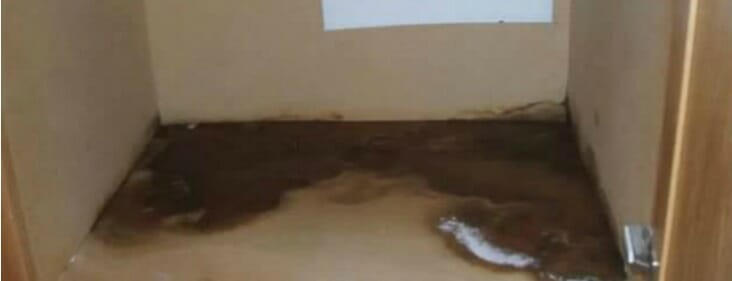
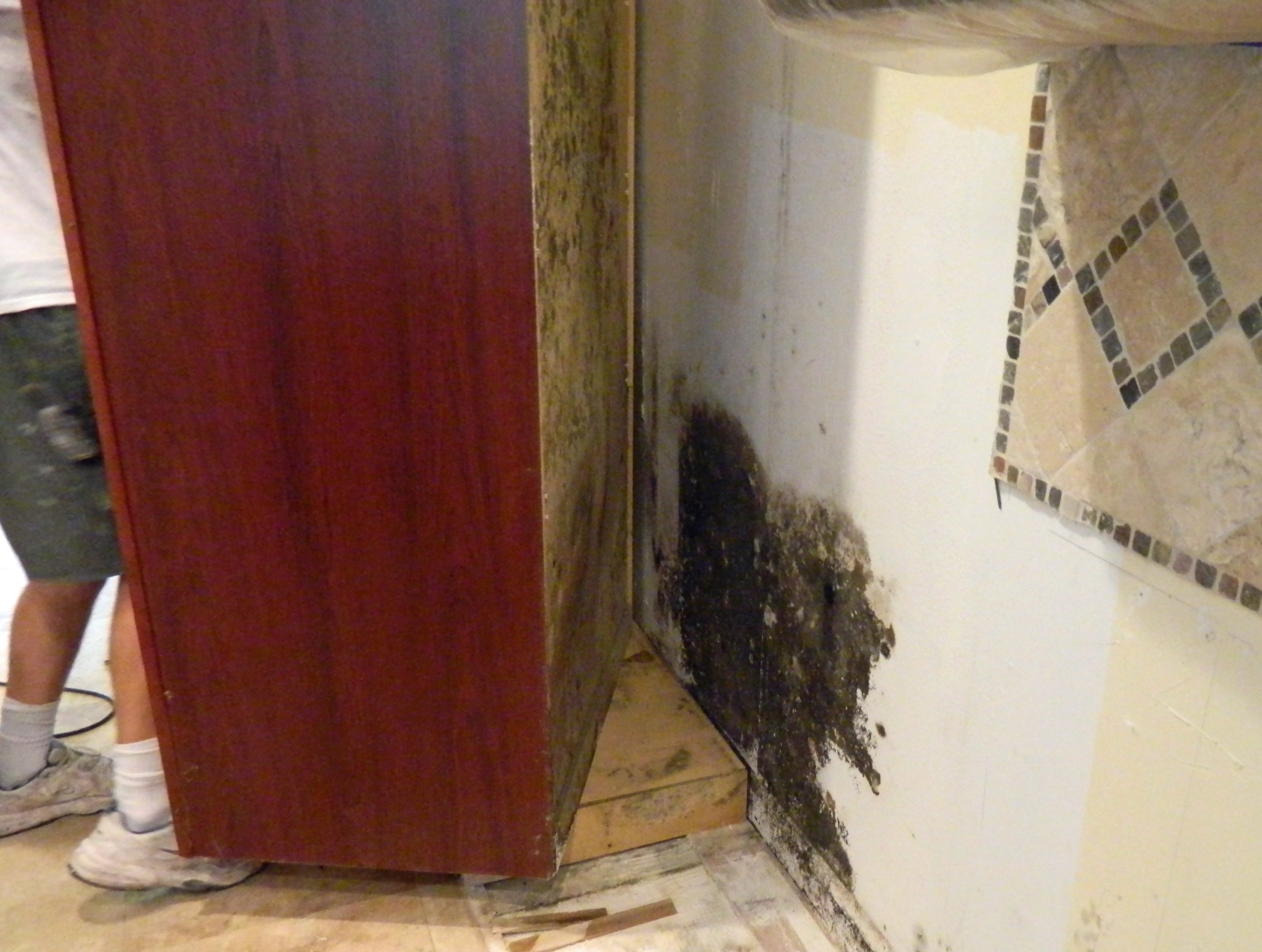
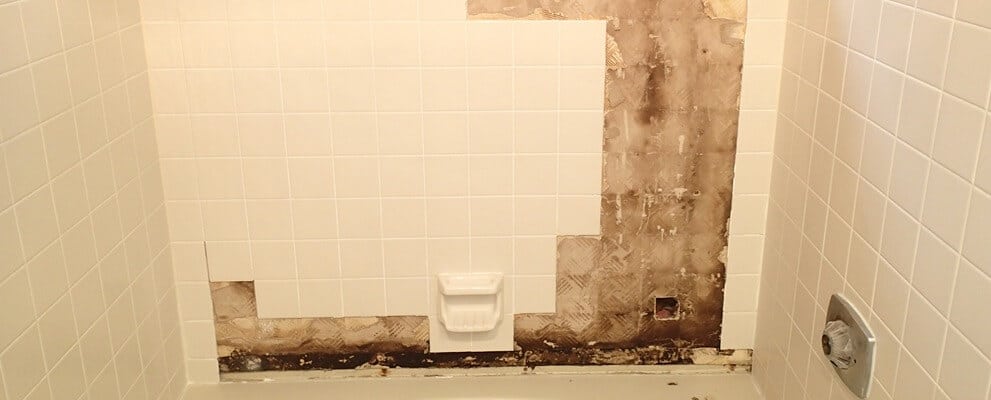
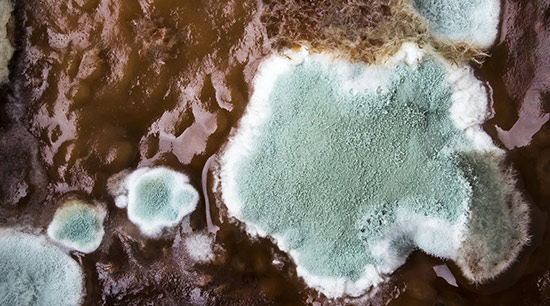
:max_bytes(150000):strip_icc()/Household_Plumbing_Checklist_Final-33e19ec46c86438c83fc1efee56797d8.jpg)

